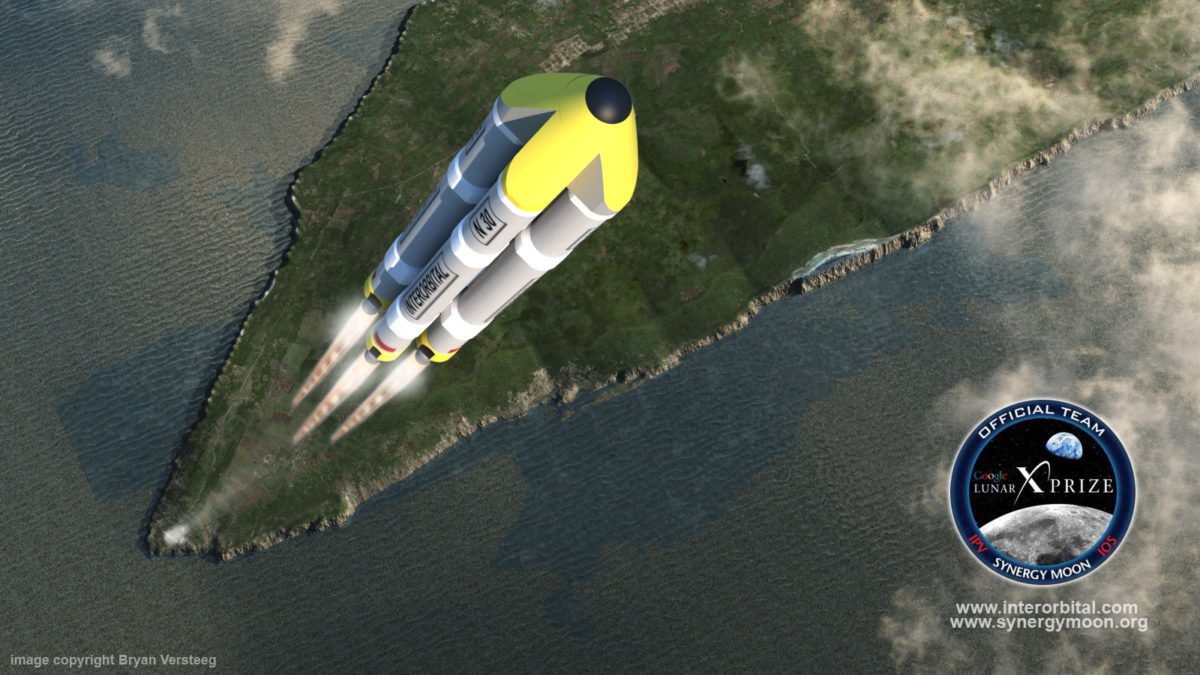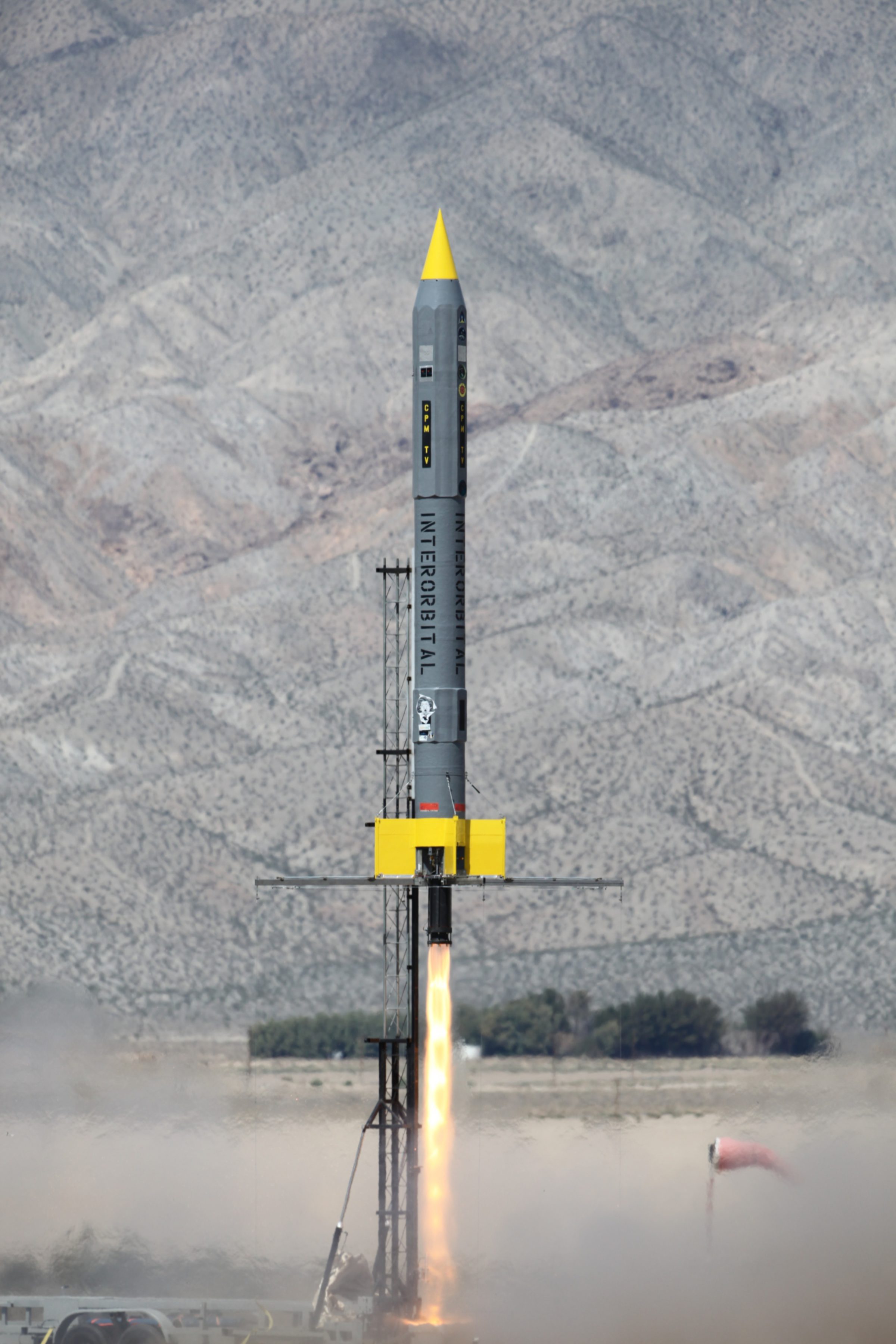Planetary Radio • Jan 03, 2017
A Little Rocket Company Shoots for the Moon
On This Episode

Randa Milliron
CEO for Interorbital Systems
CEO Randa Milliron introduces us to Interorbital Systems, which wants to put your payload in orbit for as little as $8,000. Can they do it? Emily Lakdawalla returns with a preview of 2017’s biggest solar system exploration events. Bill Nye the Science Guy congratulates and thanks outgoing NASA Chief Scientist Ellen Stofan. We’re giving away another beautiful science/science fiction fine art print in this week’s What’s Up segment.

Related Links:
- Interorbital Systems
- TubeSat Personal Satellite Kit
- VIDEO: From Trailer To Sky - Interorbital Systems CPM Flight Test
- VIDEO: Interorbital Systems Rocket Engine Test Firing
- Middle School Students’ Tancredo-1 TubeSat Scheduled for Launch
- Spaceflight in 2017, part 1: Earth-centric edition
- Spaceflight in 2017, part 2: Robots beyond Earth orbit
- Space Artist Marilynn Flynn
This week's prize is “Molten Earth,” a signed print based on a color sketch that artist Rick Sternbach created for the original Cosmos series, and later became a set piece used on Star Trek: The Next Generation. The roughly 8” by 10” print is mounted in an 11” by 14” matte.
This week's question:
Which is longer? Jupiter’s year or Planetary Radio’s existence?
To submit your answer:
Complete the contest entry form at http://planetary.org/radiocontest or write to us at [email protected] no later than Tuesday, January 10th at 8am Pacific Time. Be sure to include your name and mailing address.
Last week's question:
Among all the women who have flown in space, who did so at the oldest age?
Answer:
The answer will be revealed next week.
Question from the week before:
Who was the earliest born human to reach space? Use the official definition of the threshold of space: 100 kilometers.
Answer:
X-15 pilot Joseph “Joe” Walker, born February 20, 1921, reached higher than 100 kilometers in back-to-back 1963 test flights.


 Explore Worlds
Explore Worlds Find Life
Find Life Defend Earth
Defend Earth










